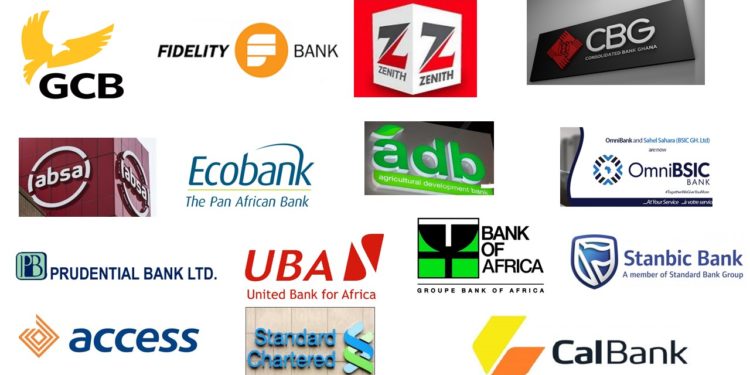Opening a Bank Account in Ghana

Opening a bank account in Ghana involves a series of steps that may vary slightly depending on the bank you choose and your individual circumstances. Here’s a general overview of the process:
- Choose a Bank: Research the various banks in Ghana to find one that offers the services and features you need. Some of the major banks in Ghana include
Standard Chartered Bank, GCB Bank, Ecobank, Fidelity Bank, and Zenith Bank, among others. - Visit the Bank: Once you’ve chosen a bank, visit a branch that is convenient for you. Make sure to bring along the necessary identification documents.
- Required Documents: You will typically need the following documents to open a bank account in Ghana:
-Proof of identity: This could be your national ID card, passport, or driver’s license.
-Proof of address: A utility bill, tenancy agreement, or other document that verifies your address.
-Two passport-sized photos: Some banks may require passport-sized photographs of you. - Fill Out Application Forms: The bank will provide you with application forms to fill out. These forms collect your personal information, contact details, and other necessary information.
- Verification Process: The bank will verify the information you provide and may conduct background checks as part of their Know Your Customer (KYC) process. This is a standard procedure to ensure the legitimacy of your application.
- Choose an Account Type: Depending on your needs and preferences, you can choose from different types of bank accounts, such as savings accounts, current accounts, and fixed deposit accounts. The bank’s staff can guide you in selecting the right type of account for you.
- Initial Deposit: Some banks require an initial deposit to activate your account. This amount varies depending on the type of account you’re opening. Make sure to inquire about this requirement when visiting the bank.
- Receive Account Details: Once your application is approved and your account is activated, the bank will provide you with your account details, including your account number and any associated cards (such as debit cards).
- Accessing Your Account: You can access your account through the bank’s online banking platform, mobile app, ATMs, and physical branches.
- Start Using Your Account: With your account active, you can deposit and withdraw funds, make payments, manage your finances, and enjoy the various services offered by the bank.

It’s important to note that specific requirements and processes can vary between banks, and there might be additional steps depending on the bank’s policies and any regulatory changes. It’s advisable to check with the bank directly or visit their official website to get the most accurate and up-to-date information before proceeding with the account opening process.

